Never. Nooit. Jamais. A natural and spontaneous beer like lambic cannot be tamed, conditioned or pigeonholed. As one of the last traditional lambic brewers and authentic geuze blenders, Brouwerij 3 Fonteinen does not produce standard beers. The reason is as clear as day: it is Mother Nature herself who plays ball and she is one capricious dame. While the beer brews, ripens and rests, a great many things happen that we cannot control. In fact, our job is to just let go.
It all starts with the ingredients. As a small brewery, we don’t have a standard barley or wheat. For both of these essential ingredients, we are on a quest for the lost landraces of the Pajottenland. But even if, one day, we would be able to harvest the seeds on a larger scale, we will never scale them up to industrial agriculture norms. Variation assured. Wheat is also extremely weather-sensitive, which influences the grain’s protein content, acidity and enzyme activity. This means no two harvests will ever be the same.
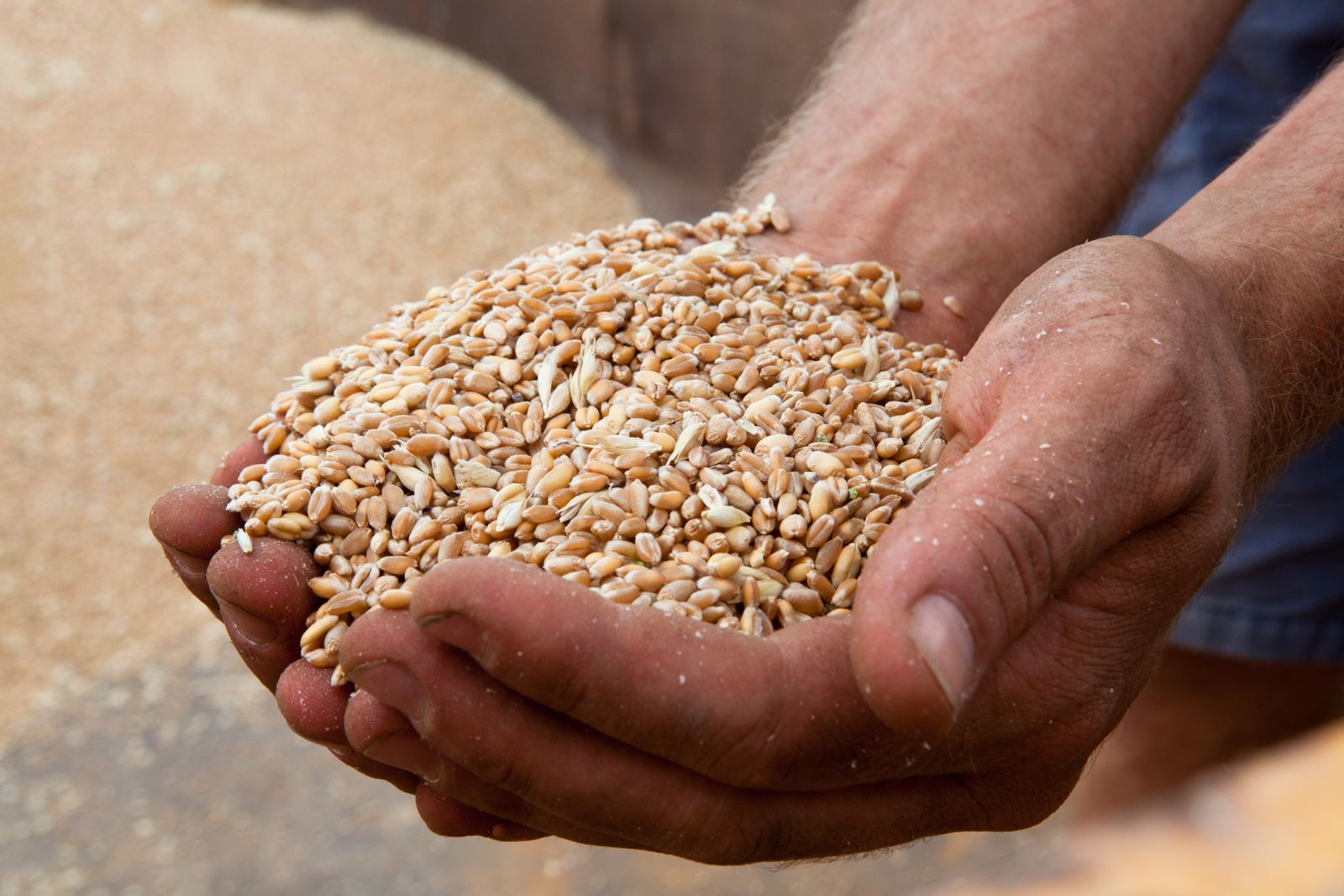
Aged hops are another essential ingredient. Older hops ensure a beer’s preservation like any other, but with the years they also lose bitterness, making the typical taste of the lambic stand out better. We have used Challenger, Golding, Saaz, Hallertau and Hersbrücker of at least three years old and have even experimented with real seniors of more than ten years old. Here too, we are looking for farmers who want to restore lost species such as the Coigneau, the Groene Bel and the Record. And as with the wheat, we will continue to experiment as a brewery. We are not looking to appoint a standard hop once and for all.
It all starts with the ingredients. We have no standard wheat or barley, no standard hops and no standard fruit.
Brouwerij 3 Fonteinen also follows track with the seasons: in the cold months we are brewing, in the warm months we are looking for the best fruit. No two years are the same, but even within seasons the fruit varies in character: a spring raspberry is not a summer raspberry and is not an autumn raspberry. The closer we are to the ingredients, the better we learn to feel the seasons. The harvest period of the Schaarbeek sour cherries, to name another, is very short. Moreover, it is a very whimsical fruit. Taste and yield depend on dry and wet periods and the little bugger is also very sensitive to frost. Predictability? Zero.

No two brewing days are the same.
We do not have a fully automatic brewing installation. When we’re brewing, one or two (preferably two) people keep an eye on things for at least 13 hours at our 4,000-litre installation in Beersel. Has a filter clogged in the mash tun? We have no computer or control panel to tell us so, meaning a flesh-and-blood person has to intervene. And humans are no robots. With the different temperature rests, including the turbid mash treatment, slight deviations in cooking times and degrees always occur, also depending on the grains in the kettle. That’s fine with us.
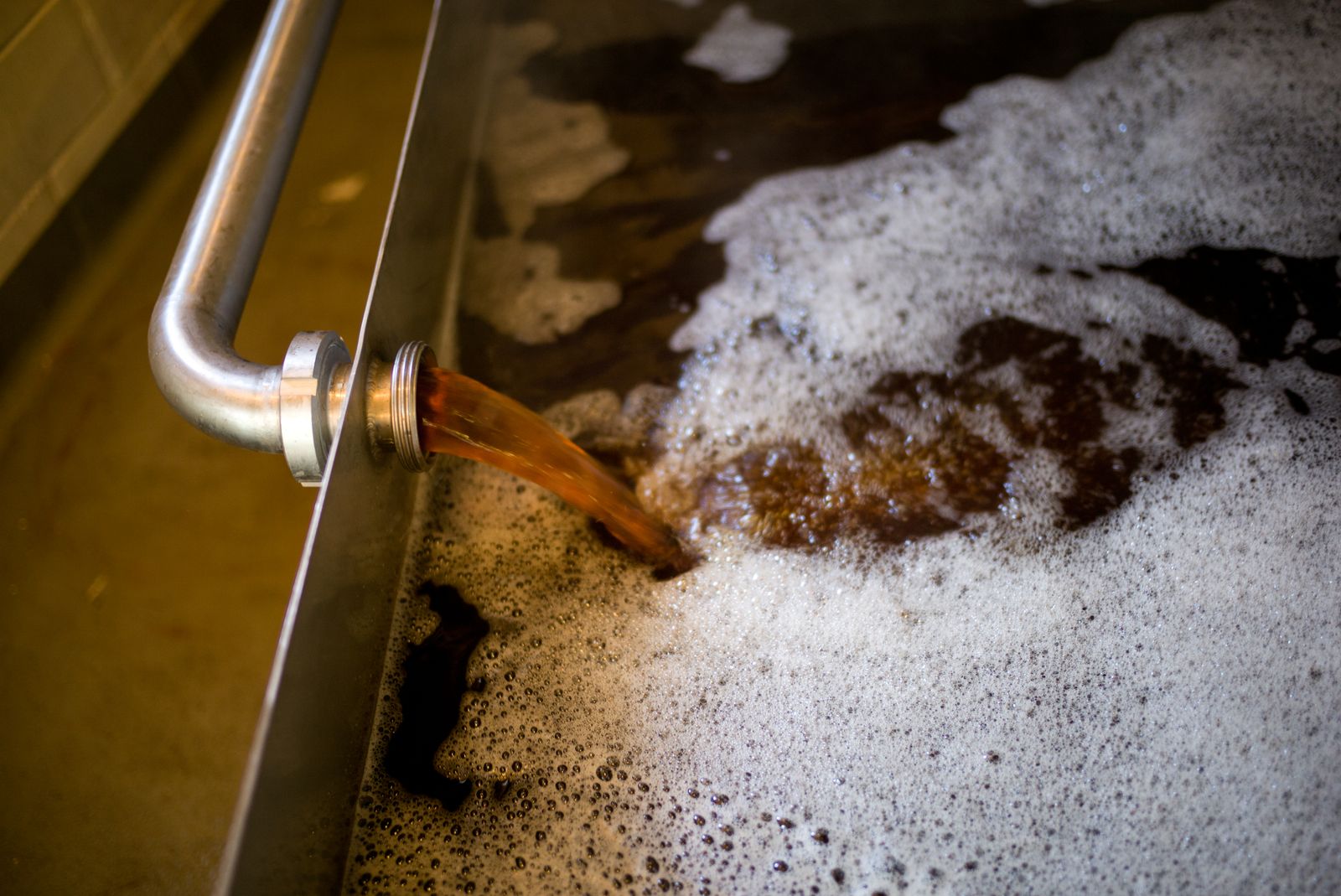
Moreover, we only brew on days when the night that follows will not exceed 8 °C (46°F). That limits the brewing period from mid-October to mid-April—early May at the latest. Those are the wildest months of the year. During the long nights when we expose the brew to the open air, the elements are particularly fickle. The outside temperature, wind direction, humidity, air pressure and even the position of the moon all influence the evaporation of the brew and the active organisms in the air. And that will determine everything for the coming years.
During the long nights when we expose the brew to the open air, the elements are particularly fickle.
The weather also influences the loss of moisture. If 4,000 litres flowed from the boiling kettle to the coolship in the evening, then between 3,000 and 3,400 litres of water will be left in the morning. Up to 25% of the brew has evaporated. That margin is very unpredictable, which, again, is purely due to the elements. When we measure the volume in the morning, there is no better or worse outcome, just a different one every day.
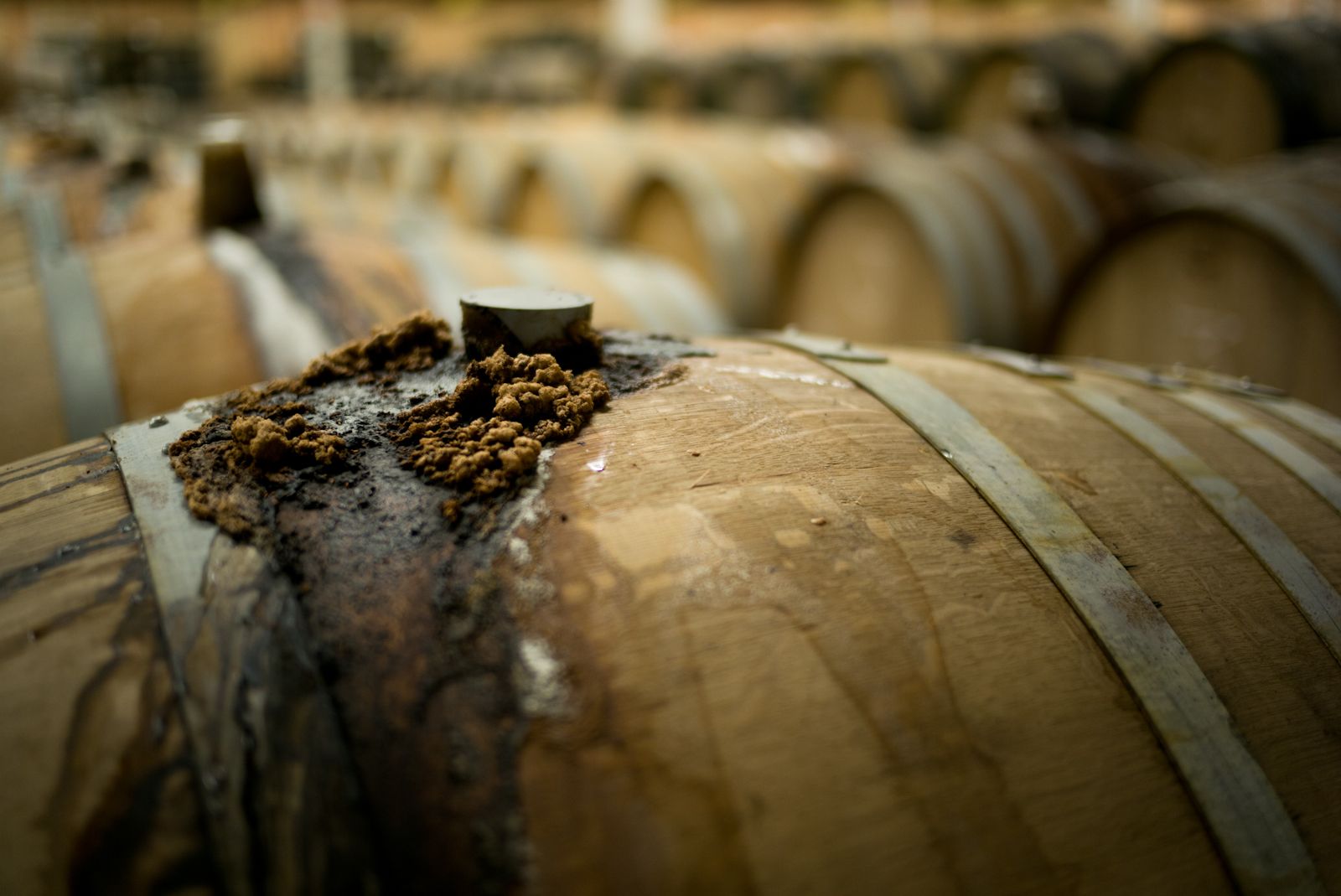
The oak barrel is a biotope in itself.
Every brewing night yields a different volume of wort. But that’s just the start of it. The dynamics of the oak barrel come next. It is here that the fresh wort slowly elevates to a young lambic. In addition to the number of months or years in the barrel, three more elements influence the evolution of the beer.
One: the size and shape of the barrel. Although it is difficult to predict which direction a lambic will go, large barrels induce a different pace of fermentation and alcohol conversion. We do not look for one shape or volume. Even for us, it is still a pleasure to walk through the barrel room and look at the collection of small 400-litre casks, large round 2,500-litre barrels, and larger-than-life oval foeders holding up to 8,500 litres.
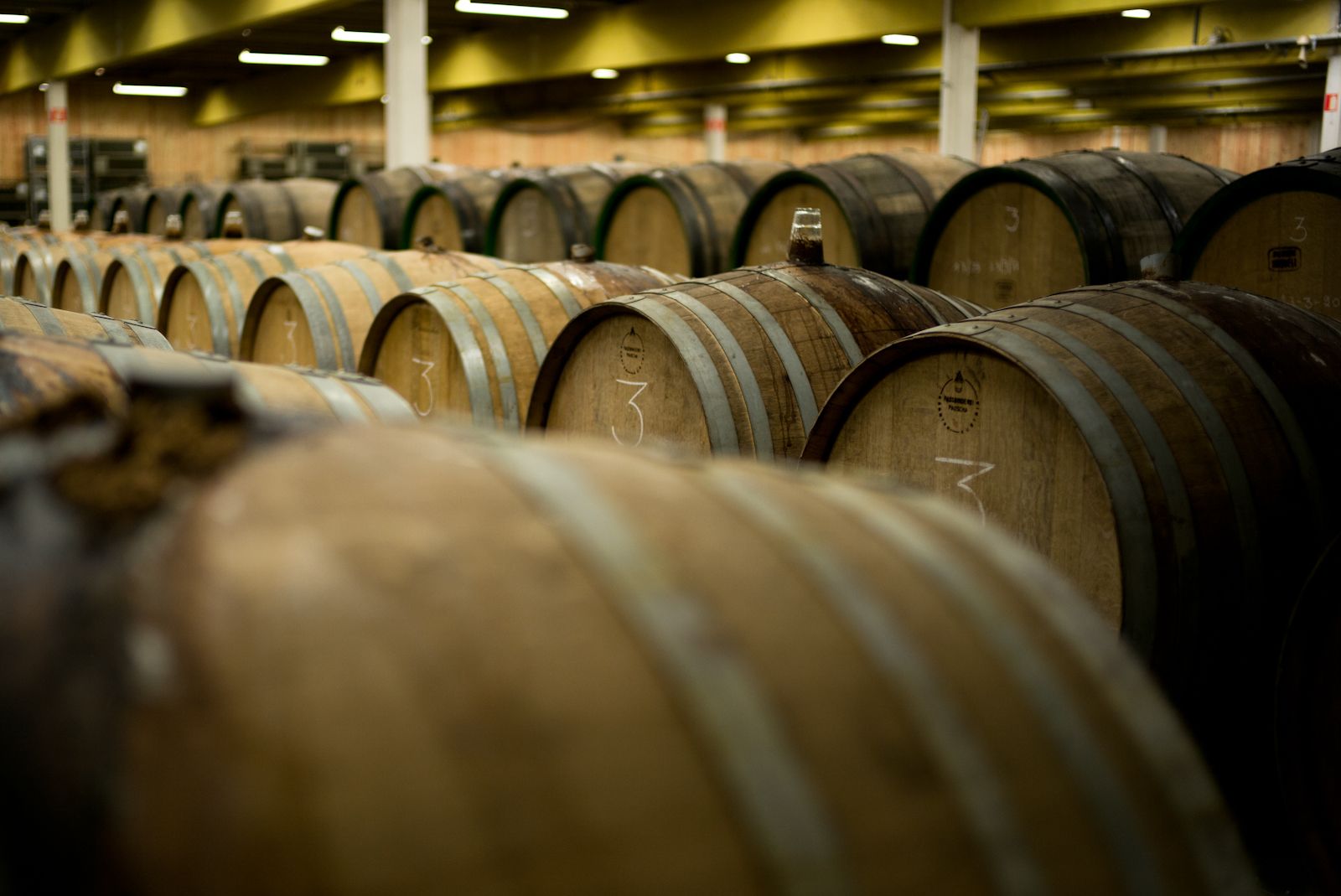
Two: the wood. Oak is a living organism: the carbon dioxide that is released during fermentation escapes through the staves of the barrel. Conversely, a little oxygen enters the barrel and the beer. The more porous the wood, the easier this goes, and again there is no right or wrong. The porosity depends on the region where the tree has grown, its age, the part of the trunk that was used and even the chopping and sawing methods. In the years that follow, the age of the actual barrel, used over and over again, also invites other dynamics and tastes.
Three: the time of year. While some lambics still have trouble ‘getting themselves started’ in November, everything is smooth sailing in May. With lambic, of course, fermentation always comes naturally—we don't add any yeasts—but in some months the organisms in the barrel room are just more alive than in others. The speed at which the brew comes to life in the barrel also ultimately influences the result in the bottle.
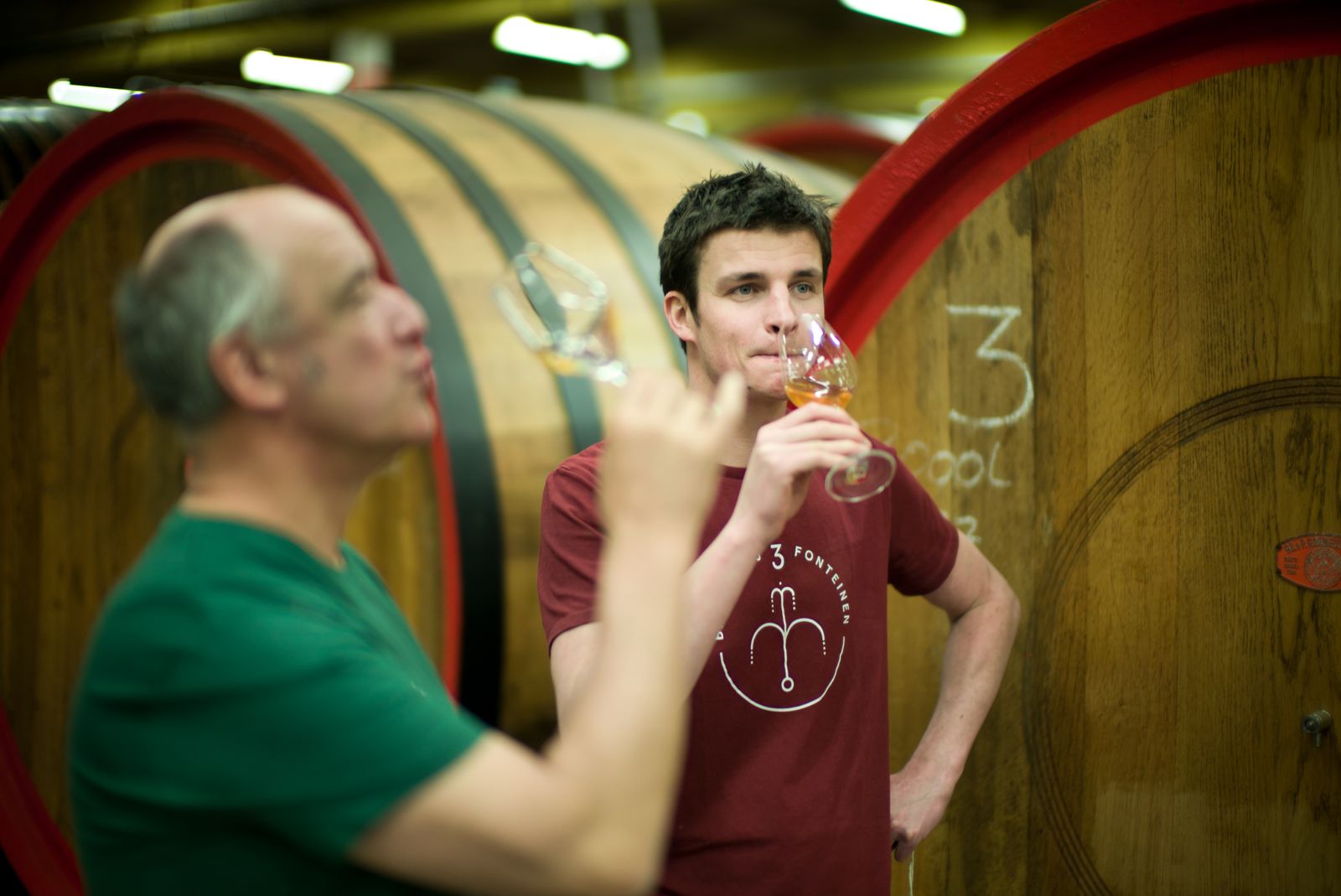
Stay calm and blend a good geuze.
You don’t brew a traditional geuze, you blend it. Bring a young (at least 12 months old), half-aged (around 18 months) and old lambic (at least 36 months) together in one bottle and everything starts living again. Here too, we cannot possibly work towards a standard. It is the art of the true blue geuze blender to play with the number of brews, the number of barrels and the proportions of the different ages in one blend. The only criteria are taste and aroma.
Of course we draw from a perennial tradition, transferred from generation to generation. Of course, we know how a 3 Fonteinen can taste. But we don't say how it should taste. The senses of a good blender are powered by experience, but the rules of the game are never carved in stone. It should remain fun, right? In the past, we’ve created blends from exactly three different barrels with three brews—the bare minimum—to twelve different barrels with twelve different brews.
Game over? Not yet. As soon as our geuze has been assembled, the bottle conditioning starts, and that too is unpredictable. We do measure the density of the blend, to know if there are enough residual sugars for the yeasts to feed on. But the degrees Plato, in themselves, mean nothing. It may very well happen that a blend with high potential doesn’t react, that the yeasts don’t do their job and that the beer remains flat. Or that the organisms only wake up after a long time. We just have to live with this: the ways of the Brettanomyces are not known to us, mere humans.
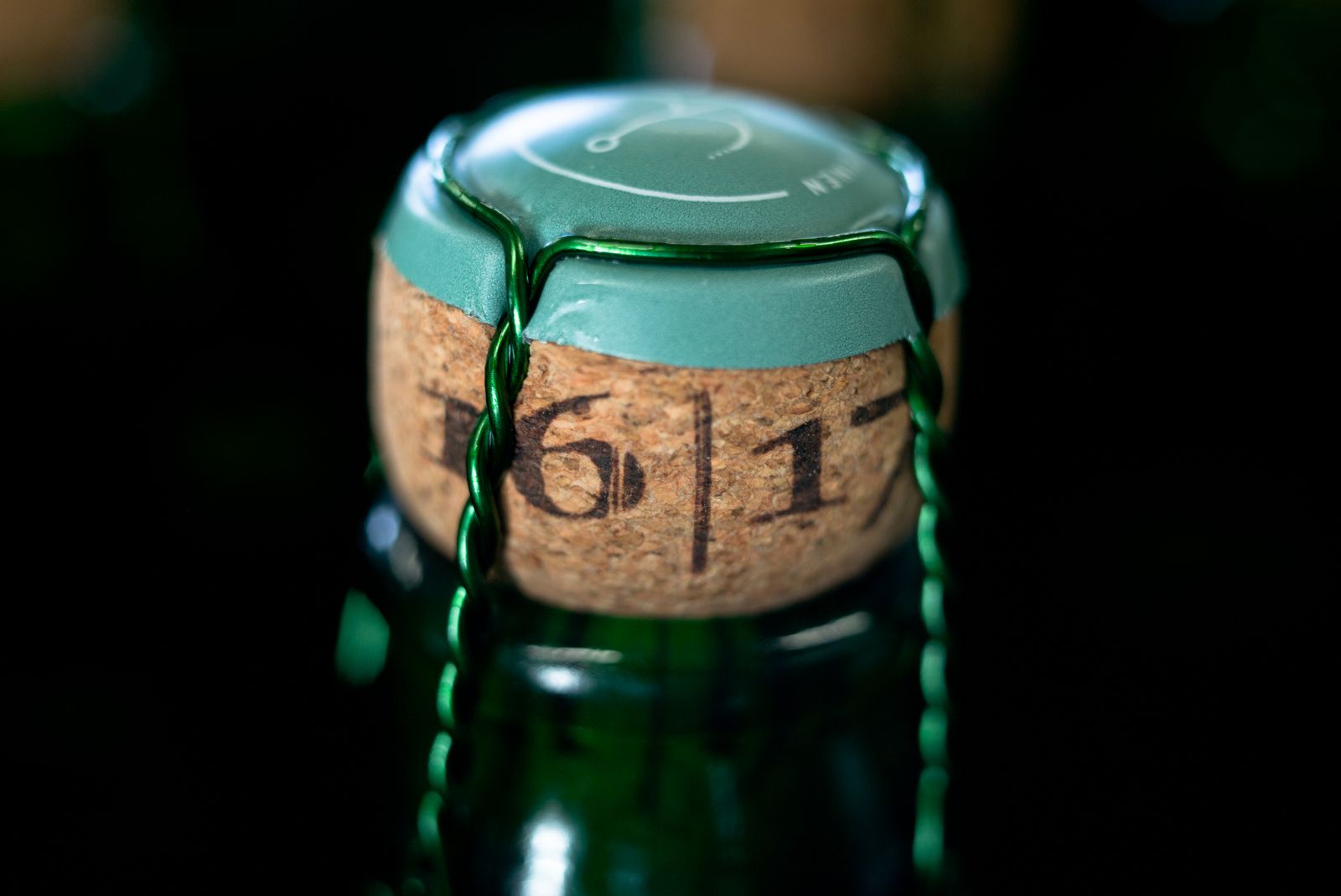
Every blend is unique, that’s for everyone to know.
There is no secret to it: every blend released by 3 Fonteinen is not quite like the next. That’s how we’ve always rolled. In the 16|17 season, we started to put the bottling dates more clearly on the bottle. Each date represents one specific unique blend. That was a pragmatic choice, by the way: in our blending tank, we assemble the amount that we can bottle with the entire team in one day.
In other words: if you bought two bottles of the same beer from Brouwerij 3 Fonteinen with two different bottling dates, then you bought two different beers. In that case, gather some friends and try to discover the fine nuances in aroma and taste! That’s what we’re doing it for, after all.